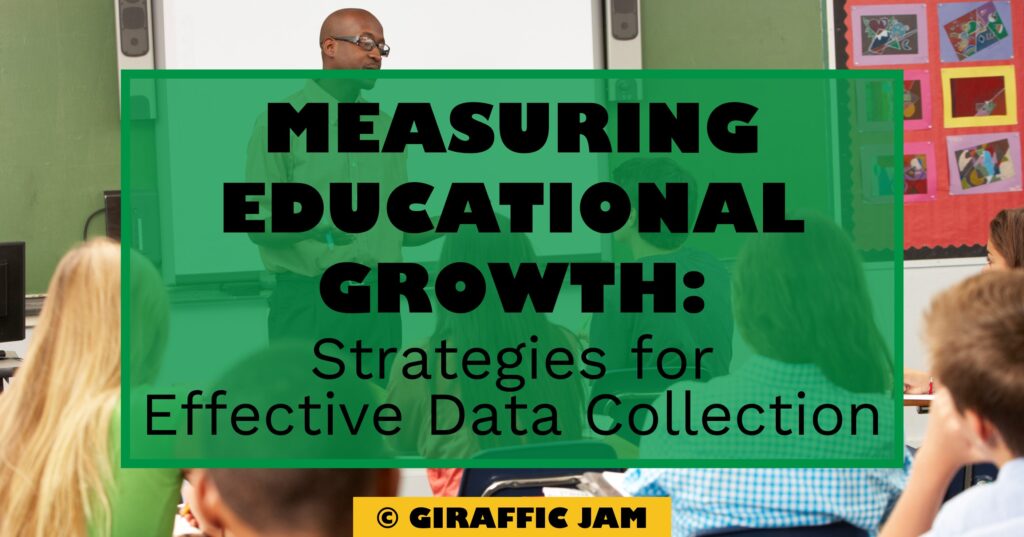
Strategies for data collection is a critical skill for teachers. By collecting relevant data, educators can determine if teaching methods are effective and if students are achieving their potential. Here’s a guide to strategies for data collection and measuring educational growth in an elementary classroom.
Baseline data serves as the starting point, offering a snapshot of students’ knowledge and skills before any instruction or intervention. It is essentially the “before” picture.

“This resource was so incredibly useful! It is very useful for creating goals, monitoring progress, and writing baselines for IEP goals! This was definitely worth the money!”
-Dayna O.
Data collection during instruction allows teachers to monitor progress and adjust their teaching methods as needed.
Assessing at the end of an instructional period, be it a unit or semester, helps gauge the overall effectiveness of the teaching and the growth achieved.
While classroom-based assessments provide granular data, standardized assessments offer a broader perspective, comparing students’ performance against larger groups.
Measuring educational growth in the elementary classroom is a multifaceted process. By collecting data at various stages—from baseline to during instruction, and from the end of instructional periods to standardized assessments—educators can gain a comprehensive view of student growth. This data not only showcases the effectiveness of instructional methods but also helps tailor future teaching to better serve students. As educators, our goal is to continually evolve, ensuring that every student is given the best opportunity to succeed.